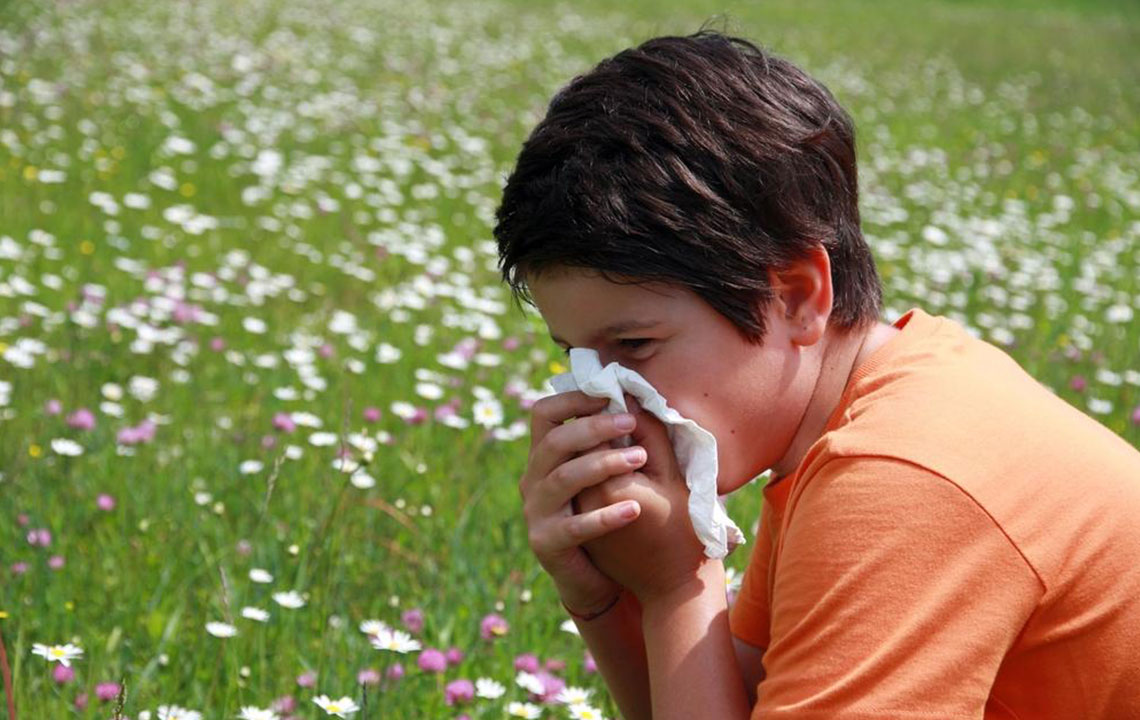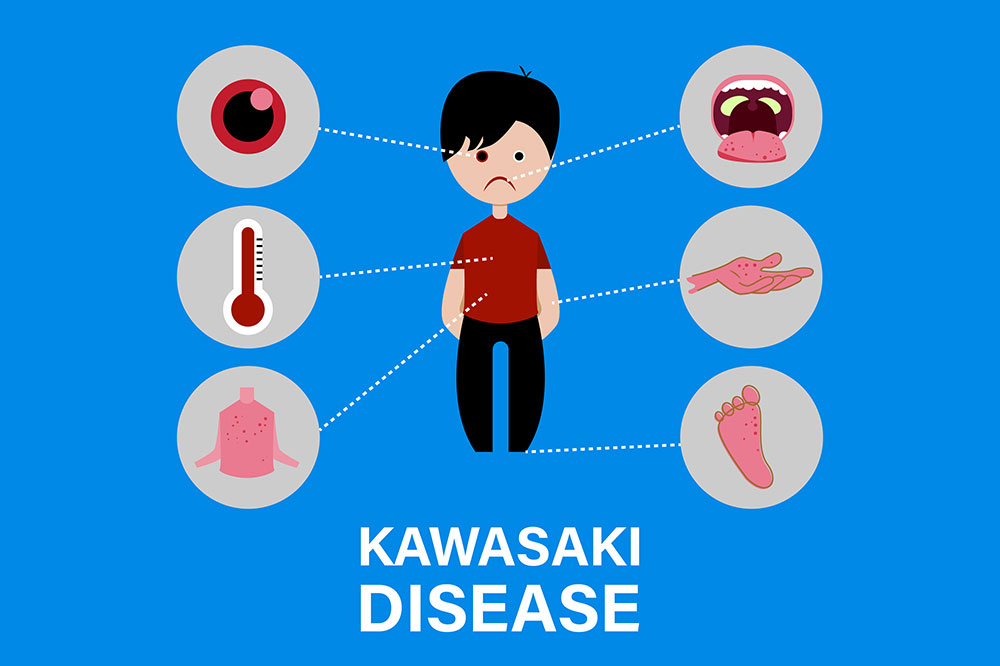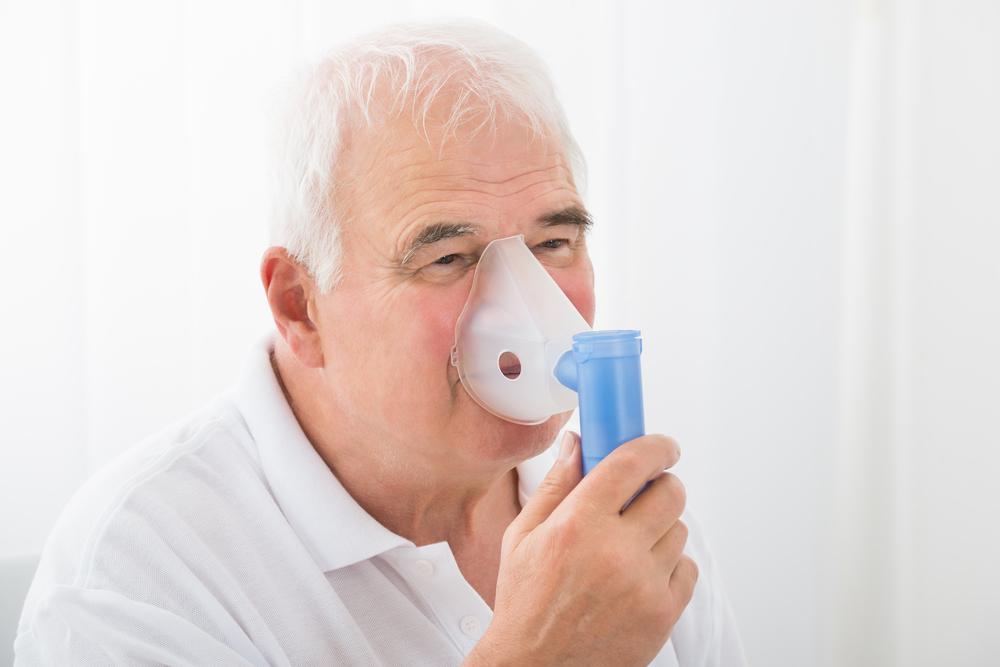Comprehensive Guide to Recognizing and Differentiating Cough Types in Children
This comprehensive guide helps parents recognize and differentiate between various types of coughs in children. Understanding signs like dry and wet coughs, and recognizing symptoms of conditions such as asthma or pertussis, enables timely and appropriate treatment. The article emphasizes vigilance, early detection, and when to seek medical help, ensuring children's respiratory health is maintained effectively. A vital resource for parents looking to deepen their understanding of pediatric coughing and related health concerns.

Understanding Pediatric Cough Patterns and Their Significance
Monitoring and recognizing cough symptoms in children is a vital aspect of parenting and healthcare. A cough in a young child can be a sign of various underlying health conditions, ranging from harmless minor colds to more serious respiratory illnesses. While mild coughs are often manageable at home using over-the-counter remedies and proper care, persistent or severe coughs warrant close attention and possibly medical evaluation. It's especially important for parents to observe how the cough manifests, its timing, and associated symptoms to determine whether medical intervention is necessary.
Many parents wonder why a child's cough worsens when lying down. This is often due to mucus accumulating in the throat and airways, which can interfere with sleep and breathing comfort. Certain types of coughs are characteristic of specific ailments, and distinguishing between them can greatly assist in timely diagnosis and treatment. Knowing the different patterns of coughs helps caregivers understand whether an issue is mild or requires urgent medical care.
There are primarily two common types of coughs in children, each with distinct features:
Dry Cough: Also known as a non-productive cough, this type manifests as a persistent, tickling or hacking sensation in the throat. It produces no mucus or phlegm and tends to worsen during the night, often disturbing the child's sleep. The feeling is often described as a lightness or tightness in the chest, which can be uncomfortable and distressing for the child. Dry coughs are frequently associated with viral infections, allergies, or conditions such as asthma. They can also result from environmental irritants or post-nasal drip.
Wet Cough: This type involves the production of mucus or phlegm, which may be thick or watery. Children with a wet cough often have a sensation of fluid lingering in the throat, coupled with hoarseness and nasal symptoms like a runny nose. The presence of mucus can sometimes be blood-streaked, indicating severity or irritation. Wet coughs are commonly caused by bacterial or viral respiratory infections, bronchitis, or pneumonia. Recognizing this type can guide timely and effective treatment strategies, including medical intervention if necessary.
In addition to these common cough types, parents should be aware of symptoms indicative of more specific conditions, such as pertussis or whooping cough. This contagious disease can resemble a typical cough initially but progresses with distinctive features like severe fatigue, vomiting after episodes of coughing, and high-pitched, whooping sounds during coughing fits. Ongoing, intense episodes of coughing, especially if accompanied by difficulty breathing or cyanosis (bluish discoloration), require immediate medical attention.
Children often cannot articulate their discomfort adequately, making vigilant observation and understanding of these cough patterns crucial. Regular monitoring and early recognition of signs can lead to prompt treatment, reducing the risk of complications and promoting faster recovery. Healthcare providers may also assess accompanying symptoms such as fever, difficulty breathing, or rash to determine the underlying cause and recommend appropriate treatment plans.
In summary, understanding the different types of coughs in children, their common signs, and associated symptoms empowers parents to respond effectively. Whether it’s managing a minor viral cough at home or seeking urgent medical care for signs of a more serious infection, a knowledgeable approach ensures the health and safety of your child. Remember to consult healthcare professionals for persistent or concerning symptoms to ensure appropriate diagnosis and care.





